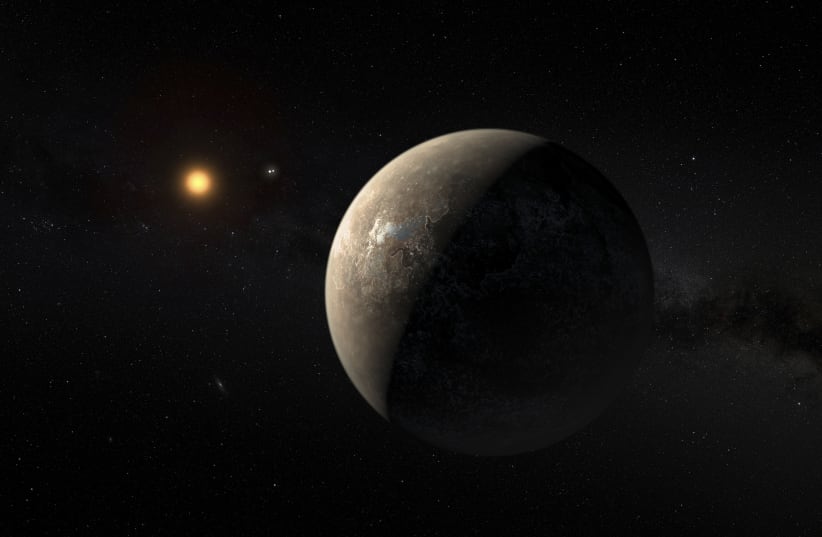Researchers studying “flammable ice” have discovered microscopic bubbles in the material that contain life, hinting at the possibility of extraterrestrial life, Space.com reported.
This material, also known as methane hydrate, is created when methane gas is trapped within ice's molecular structure. Microscopic bubbles of oil and water can be found in sheets of this frozen gas and ice.
According to Space.com, scientists found living creatures within these tiny bubbles in the “flammable ice” in the Sea of Japan.
Glen T. Snyder, a researcher at Meiji University and lead author of the new study, discovered this while melting hydrate to study the methane gas it contains. There, he noticed microscopic spheroids in the powder. Within these spheroids were tiny spheres with dark centers.
Shocked by these results, Snyder created a team to investigate further. One critical part of this team was Stephen Bowden of the University of Aberdeen's School of Geosciences in Scotland.
“In combination with the other evidence collected by my colleagues, my results showed that even under near-freezing temperatures, at extremely high pressures, with only heavy oil and saltwater for food-sources, life was flourishing and leaving its mark,” said Bowden of the bubbles in the flammable ice.
“The methane in 'methane hydrate' is known to form as microbes degrade organic matter on the seafloor. But what we never expected to find was microbes continuing to grow and produce these spheroids, all of the time while isolated in tiny cold dark pockets of saltwater and oil,” Snyder explained.
“It certainly gives a positive spin to cold dark places, and opens up a tantalizing clue as to the existence of life on other planets,” he added.
Thus, this discovery could lead to the eventual discovery of life on cold exoplanets.
“Providing they have ice and a little heat, all those frigid cold planets at the edge of every planetary system could host tiny microhabitats with microbes building their own 'death stars' and making their own tiny little atmospheres and ecosystems, just as we discovered here,” Bowden explained.
